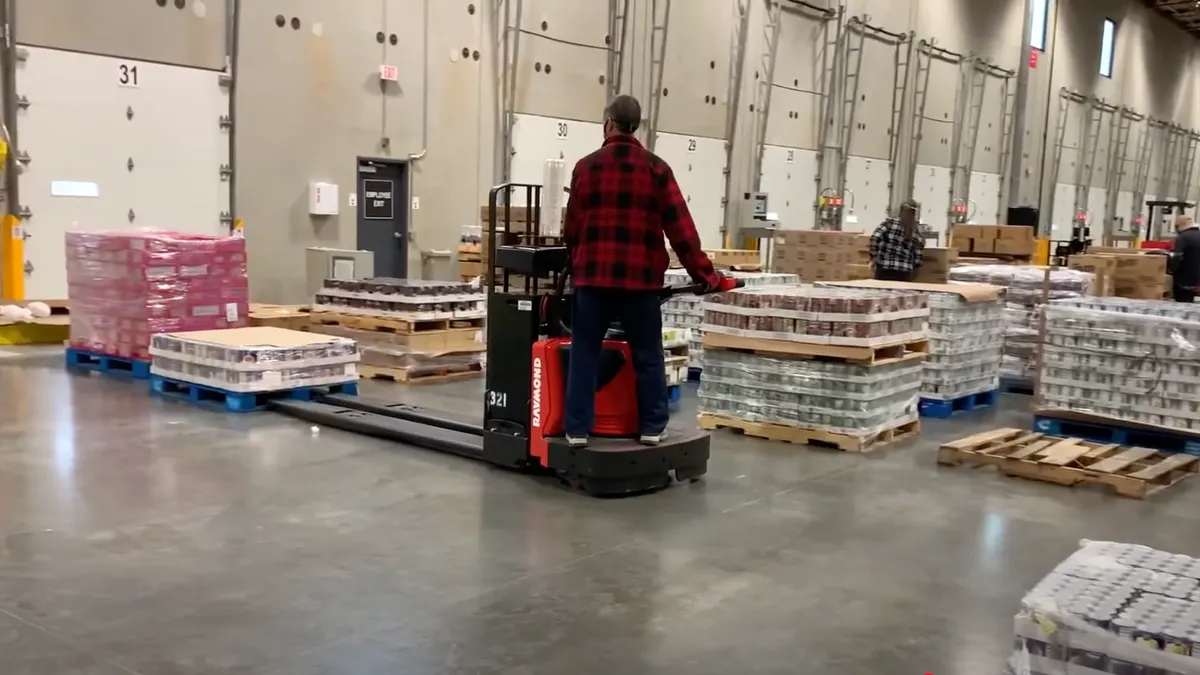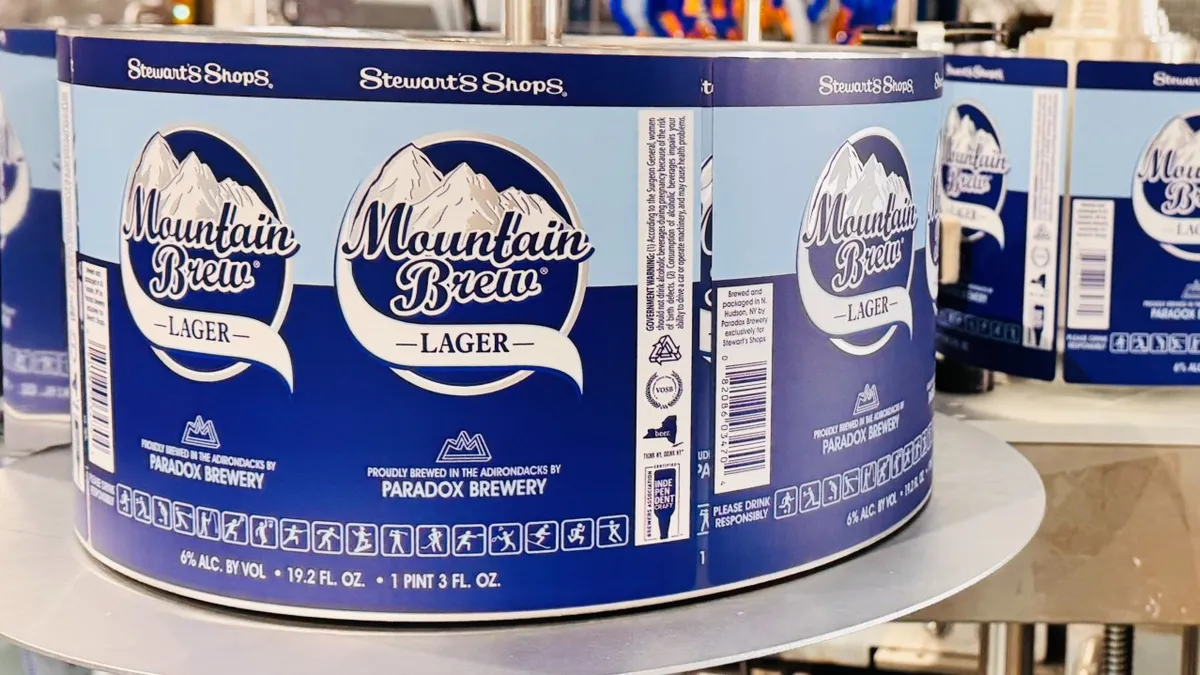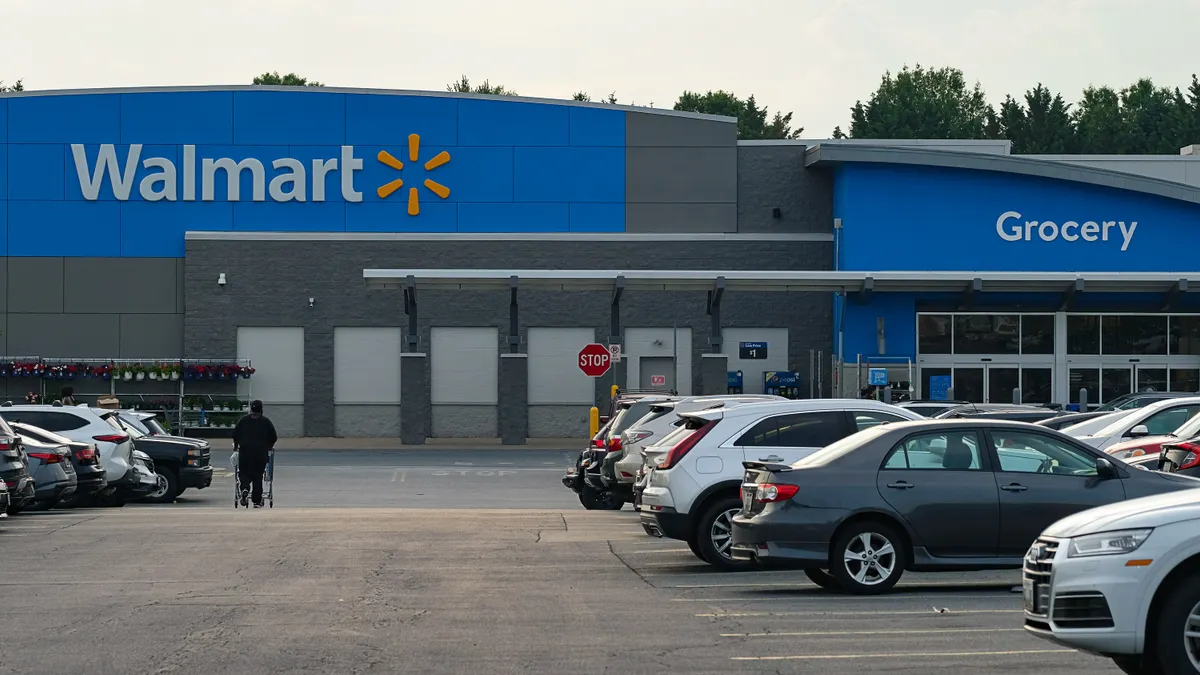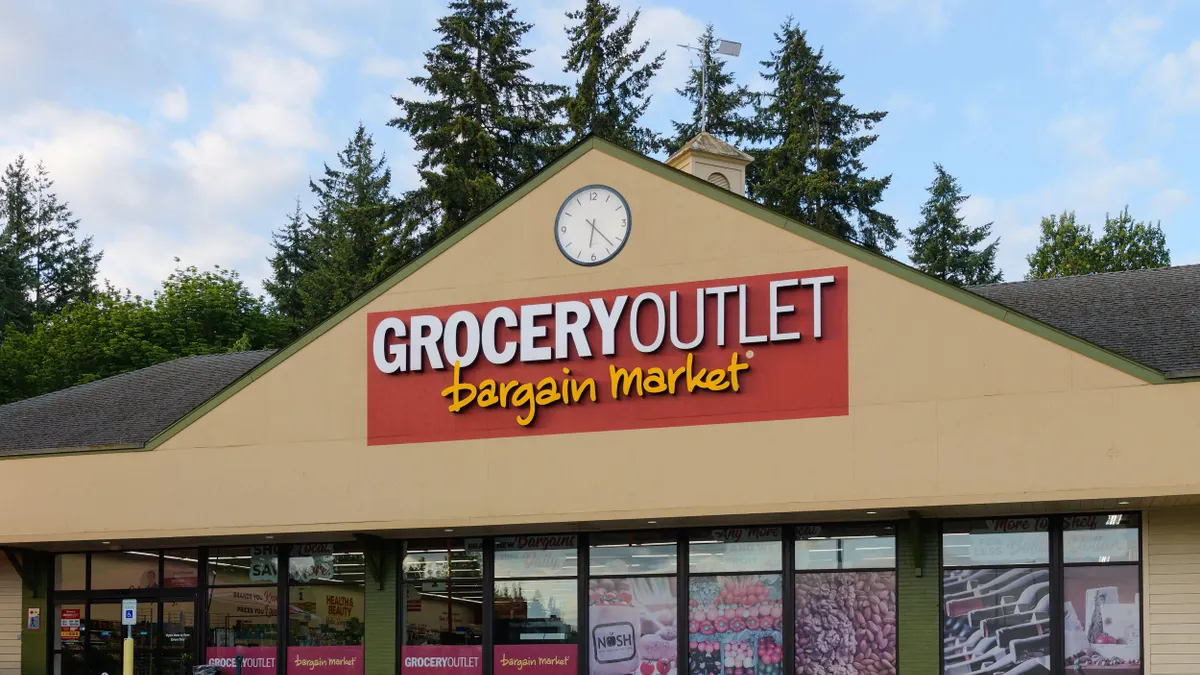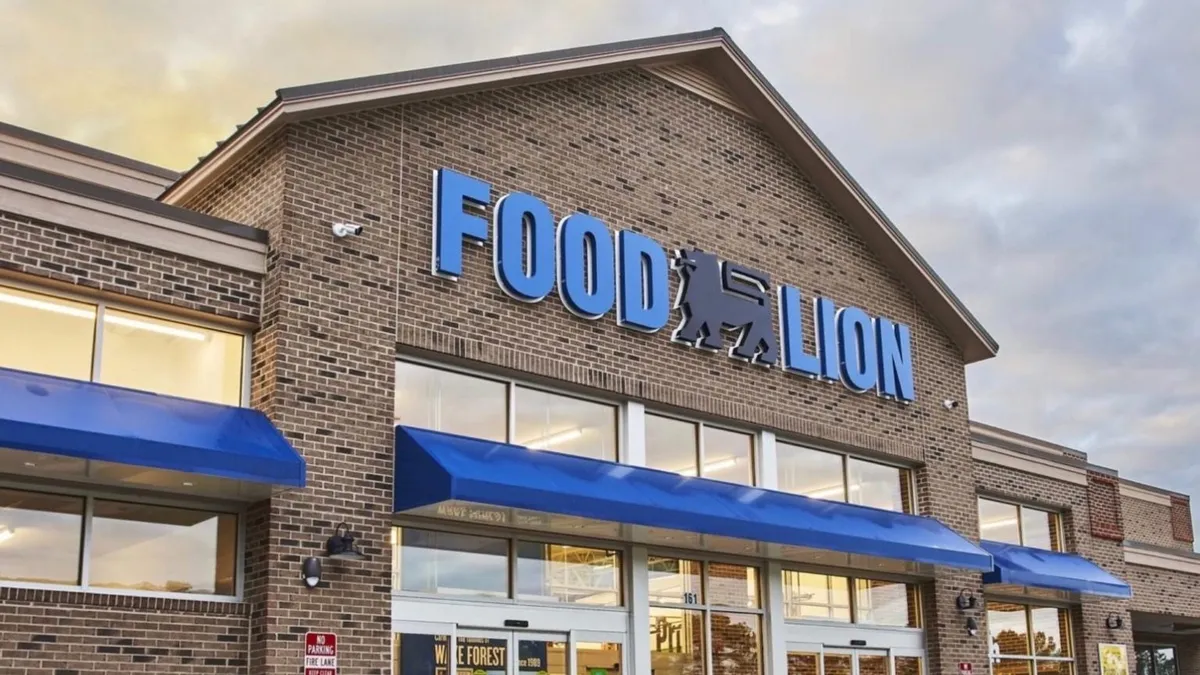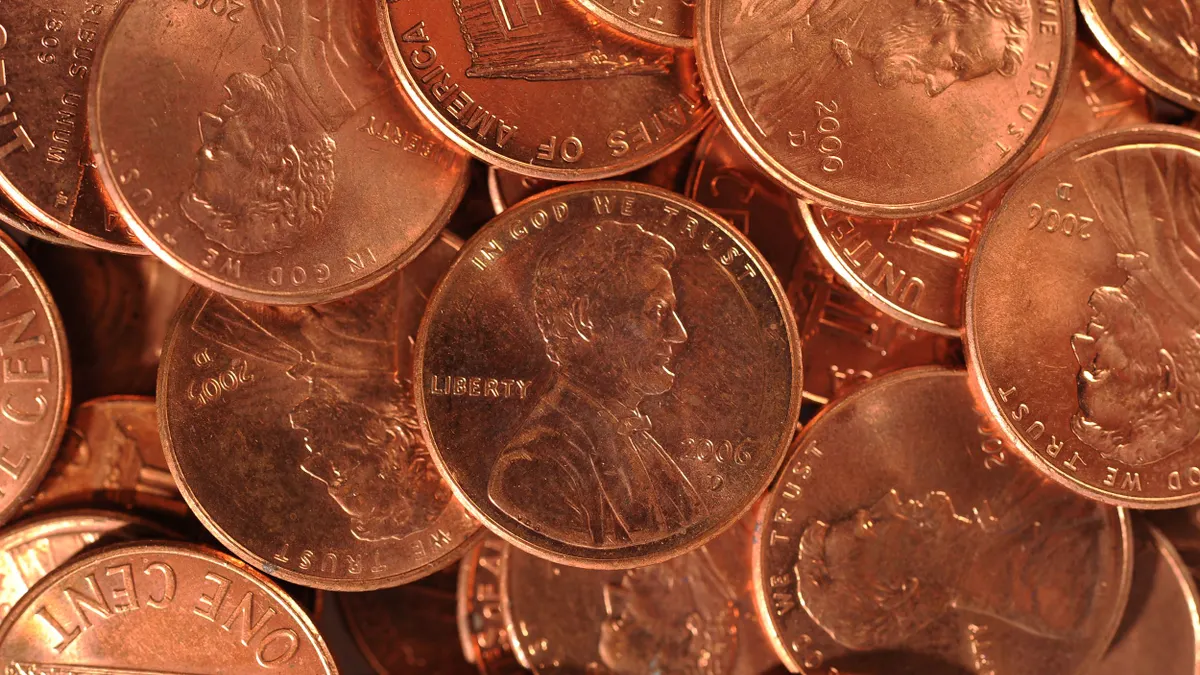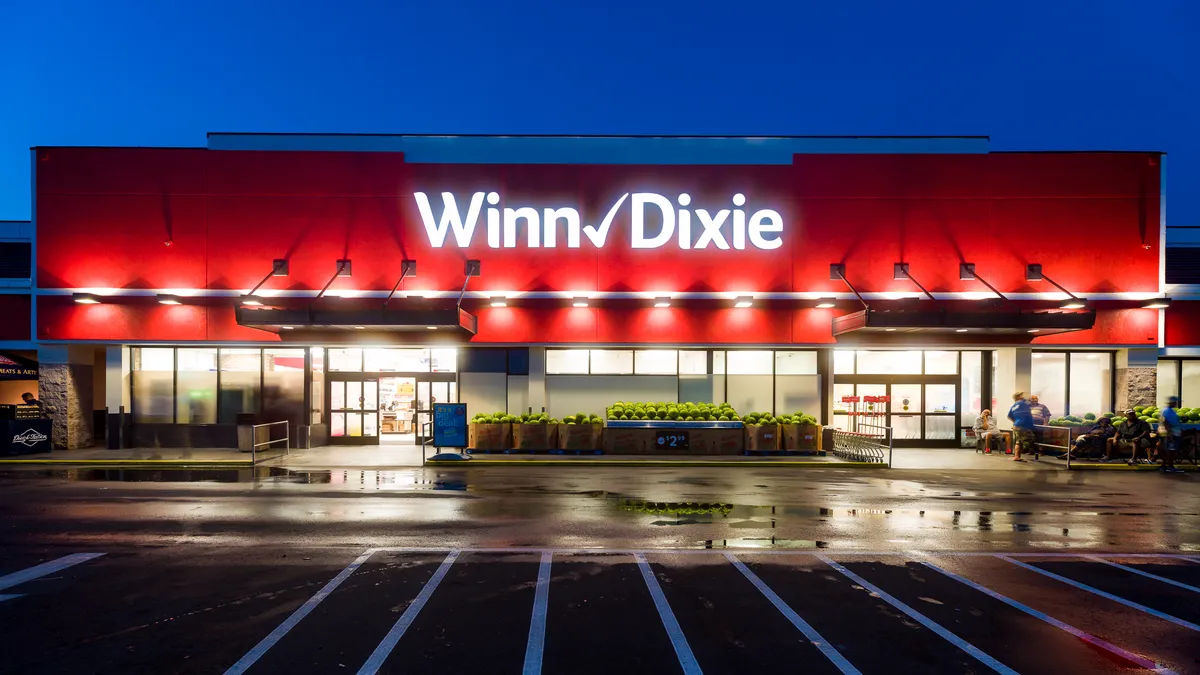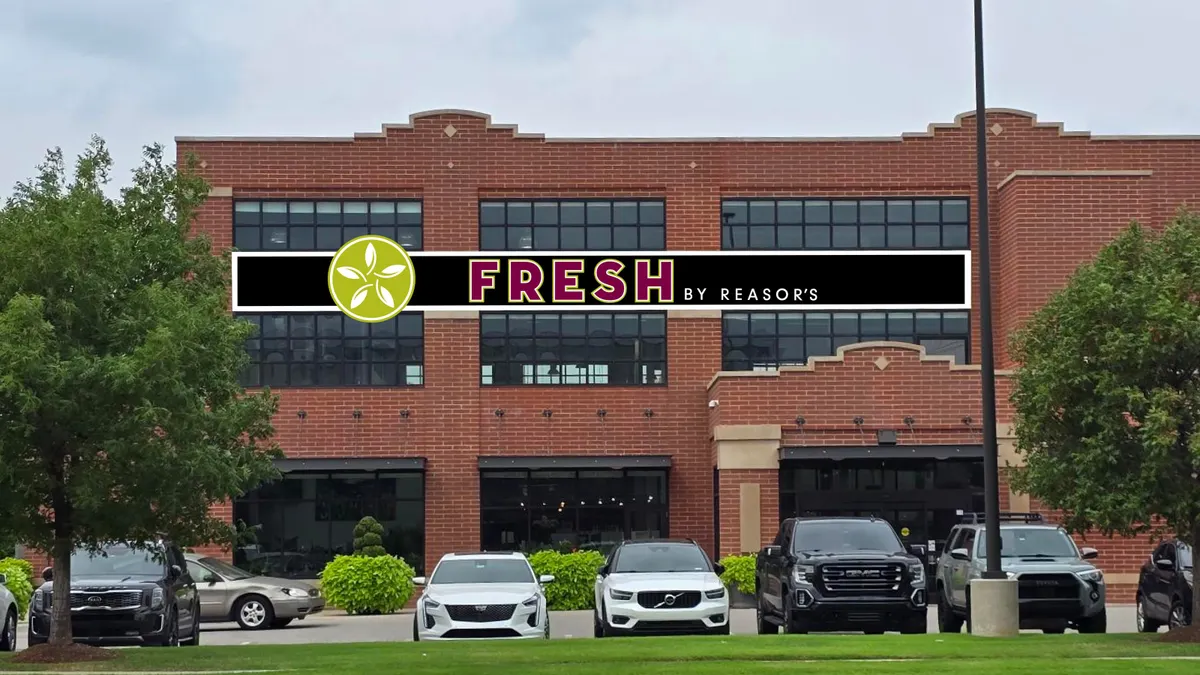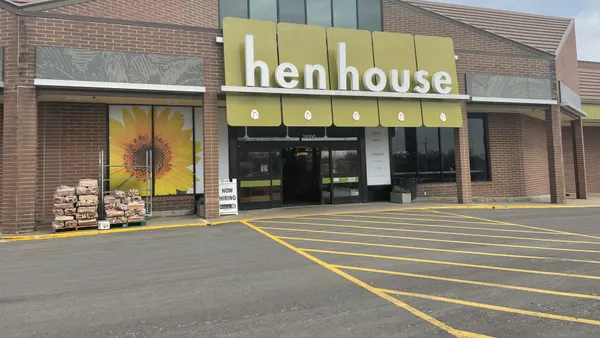Number Sense is a regular column that uses data to help understand the grocery landscape.
When C&S Wholesale Grocers agreed to buy hundreds of grocery stores, multiple distribution centers and several private label brands from Kroger and Albertsons as part of those grocers’ efforts to merge, the company became caught up in a complex antitrust review that ultimately led to the deal’s demise at the end of last year — and left C&S empty-handed.
Now, C&S is trying again to gain scale as a grocery distributor and retailer through a deal announced yesterday to combine with SpartanNash for more than $1.7 billion. This time around, C&S is firmly in the driver’s seat, and the company appears to have taken pains to avoid attracting a level of regulatory scrutiny that could delay or imperil its effort to push the deal to conclusion.
While C&S and SpartanNash are both grocery wholesalers and retailers, they mostly operate in different states — unlike Kroger and Albertsons, whose overlapping operations in many markets served as a lightning rod for critics. C&S and SpartanNash overlap in Maryland, Texas and Florida, where they both have distribution centers, and Wisconsin, where they operate grocery stores. In addition, neither company has the kind of dominant presence in the grocery industry that is likely to cause the kind of uproar that ultimately squashed the Kroger-Albertsons bid.
In announcing their merger, C&S and SpartanNash said their merger would create a bigger food distribution network that would be better able to compete with what they described as “various extremely large global grocers in the U.S. food-at-home space.” Interestingly, however, both companies have concentrated recently on expanding their retail operations. C&S even disclosed in May that it would close a Florida distribution center, without saying why it elected to do so.
SpartanNash’s sales have been tilting away from wholesale
SpartanNash’s sales mix has gradually shifted toward its retail operations, although the company is still mostly dependent on its wholesale business. The company’s wholesale segment accounted for just over 67% of its revenue during its latest quarter, down from more than 71% a year ago. In addition, the company’s overall sales barely budged year over year, held back by a decline in its wholesale business.
SpartanNash began to see its retail operations gain momentum during the third quarter of 2024, when that part of its business posted a sales increase even as its wholesale business slid slightly. The trend became more pronounced during the first quarter of this year.
SpartanNash’s stock market valuation has skyrocketed — but it’s still below historical levels
Assuming the merger goes through, SpartanNash would cease to be a publicly traded company because C&S is privately held — and shareholders have enthusiastically signaled that they like the idea of cashing out at the price C&S has agreed to pay. SpartanNash shares soared more than 50% after the deal was announced on Monday morning to $26.57 — a level not seen since early 2023.
In fact, Monday’s rally pushed up SpartanNash shares at almost twice the rate they increased on Oct. 9, 2020, when the company’s share price moved ahead by more than 26%, to $17.95, following the news that SpartanNash gave Amazon the right to buy about 15% of SpartanNash’s stock.
SpartanNash’s stock price rocketed ahead after the company agreed to merge with C&S Wholesale Grocers
Still, a look back at SpartanNash’s share price history suggests that C&S is getting a relative bargain with its deal to buy the company for $26.90 per share. In April 2022, for example, as SpartanNash faced pressure from activist investors unsatisfied with its direction to change its board structure, the company’s shares were trading at around $30 per share. SpartanNash ultimately convinced shareholders not to accept the proposal by the investors to replace three members of its board.
It’s noteworthy that the amount C&S has agreed to pay for SpartanNash includes the assumption of more than $750 million in long-term debt. That amounts to more than 40% of the purchase price.
Terminating the merger would come at a cost
SpartanNash and C&S said in announcing their plan to combine that they expected to consummate the transaction in late 2025, but have given themselves until June 22, 2026, to shepherd the deal through the regulatory review process. The merger agreement also allows the companies an additional three months to tie things together if the only obstacle to completing the merger that remains is for them to meet conditions relating to approvals under antitrust law.
If the companies are unable to obtain regulatory approval for the merger, C&S will be obligated to pay SpartanNash a $55 million termination fee. In addition, should SpartanNash opt to accept an offer from another suitor, it will need to pay a breakup fee of $35.4 million.
Of course, collecting compensation from a merger partner if a deal doesn’t go through can be a challenge, as C&S knows from recent firsthand experience. In May, the company sued Kroger in an effort to collect a $125 million termination fee it says it is due because of the supermarket operator’s unsuccessful effort to combine with Albertsons.
Clarification: This story has been updated to indicate that C&S Wholesale Grocers and SpartanNash both operate distribution centers in Maryland.



